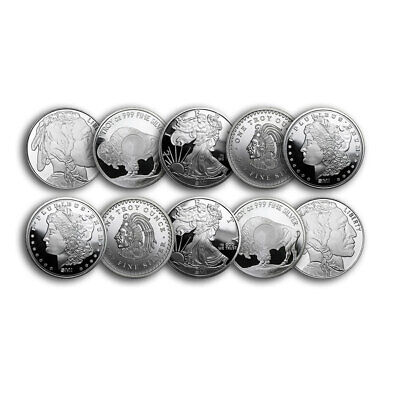Investing in precious metals, such as gold and silver, is a time-tested way to diversify your portfolio and hedge against economic uncertainties. However, the challenge lies in identifying good bullion deals and avoiding overpriced offers. This guide will provide you with practical insights and tools to help you navigate the world of bullion investments effectively.

Understanding Bullion Pricing
Before diving into how to spot a good deal, it’s essential to understand how bullion prices are determined. Bullion prices are primarily influenced by the spot price, which is the current market price of the precious metal. This price fluctuates based on market demand, geopolitical events, and economic indicators.
However, the spot price is not the final purchase price. Dealers apply a premium over the spot price to cover costs and profit margins. A good deal is generally one where the premium is reasonable compared to the current market standards.
Recognizing Fair Premiums
The premium on bullion varies depending on several factors, including:
- Type of Bullion: Coins typically carry higher premiums than bars due to minting and design costs.
- Brand and Recognition: Well-known mints and brands may demand higher premiums.
- Supply and Demand: Limited edition or popular items might have higher premiums during high demand.
Understanding these factors can help gauge whether a premium is justified or inflated.
How to Use Precious Metals Price Comparison Websites
One of the most effective ways to ensure you’re getting a good deal on bullion is to use price comparison websites. These platforms aggregate prices from multiple dealers, allowing you to compare and contrast offers in real time.
Here’s how you can use these tools effectively:
- Choose Reliable Platforms: Opt for reputable comparison websites like Compare Gold Prices or Gold Price that provide up-to-date and comprehensive data.
- Set Alerts: Many platforms allow you to set price alerts for specific bullion products. This feature can help you buy when prices drop to your desired level.
- Check Historical Prices: These websites often provide historical price data, enabling you to understand trends and make informed decisions.
- Consider Shipping and Insurance: Consider additional costs like shipping and insurance when comparing prices.
Evaluating Dealer Reputation
A good deal isn’t just about the price; the dealer’s reputation is equally crucial. Here are some tips to assess a dealer’s credibility:
- Customer Reviews: Check online reviews on Trustpilot or Find Bullion Prices to gauge customer satisfaction.
- Accreditations and Memberships: Look for dealers affiliated with professional organizations such as the Professional Numismatists Guild (PNG) or the American Numismatic Association (ANA).
- Transparency: Reputable dealers provide transparent pricing, premiums, and fee information.
Inspecting Bullion Authenticity
Even if you find a great price, the authenticity of bullion is paramount. Here’s how you can ensure authenticity:
- Purchase from Reputable Sources: Buy from well-known dealers or directly from mints.
- Request Certification: Ask for certification or assay reports verifying the bullion’s purity and authenticity.
- Inspect Hallmarks: Genuine bullion will have hallmarks indicating its purity and mint.
Conclusion
Spotting a good bullion deal requires market knowledge, due diligence, and reliable tools and resources. By understanding the factors that influence bullion pricing and utilizing price comparison websites, you can make informed decisions and avoid overpriced offers. Always remember to verify the dealer’s reputation and the bullion’s authenticity to safeguard your investment.
For further reading and resources on bullion investments, visit Kitco or BullionVault.